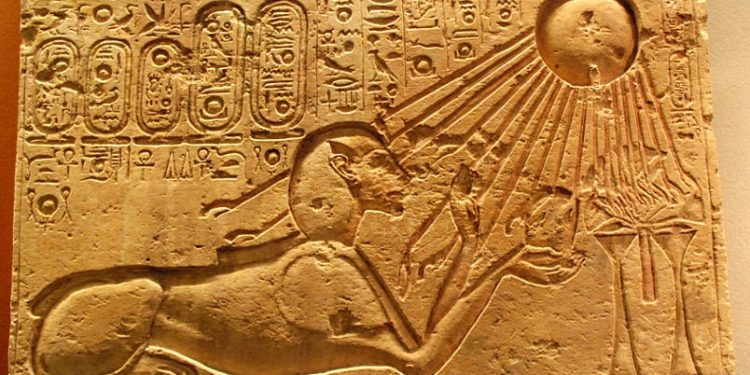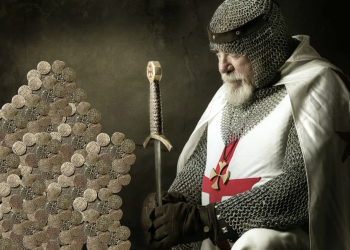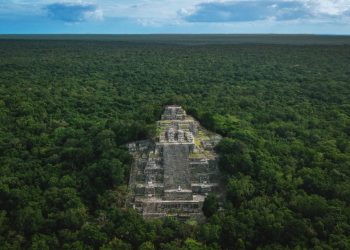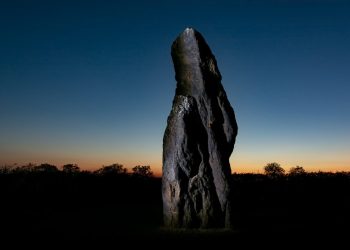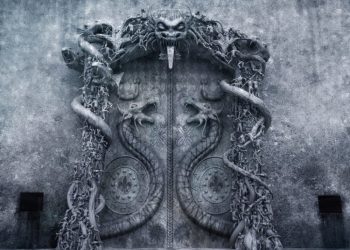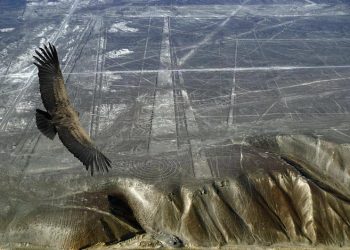Thousands of years ago, cultures around the globe worshipped the sun. This is no surprise since the sun is the brightest object in the sky, rising and setting each day since time immemorial. To ancient civilizations, the Sun and the Moon must have been objects of great interest. The veneration of the Sun throughout history is well attested, and many ancient cultures developed solar worship; the ancient Egyptians did so, as did Indo-European cultures and Mesoamerican cultures.
The Sun, a cosmic father?
The Sun was the cosmic father to the ancients, the giver of life, and the bringer of light. Ancient cultures saw our star as a special object in the sky, responsible for bringing back the light after dark. The sun is the bringer of knowledge and giver of life, and as such, it isn’t a surprise that kings who ruled over some of the greatest empires in history claimed to have been descended from the Sun god. One such example was the ancient Egyptian Pharaoh Akhenaten, who was directly responsible for introducing monotheism–the worship of one God–to ancient Egypt.
The worship of the Sun Disk
Legends from South America tell us that the Inca ruler Pachacuti obtained power over the land from a mirrored sun disk. Akhenaten had its version of the sun disk; the Aten—nearly all world religions point to a single omnipotent deity. Traditional beliefs and mythology seem to point to the worship of a single deity in its origins. However, we can observe polytheistic traditions that seem to have evolved from the erosion of monotheism. What was once one omnipotent deity turned into many.
A solar god represents the Sun or aspects of it
Eventually, many deities would be replaced by one omnipotent deity as religion evolved. A solar god represents the Sun or aspects of it, such as the sun’s rays. This was the case of the Sun disk of Akhenaten the Aten. In the mythology of many ancient civilizations, the Sun was a god venerated throughout history. The ancient Egyptians, the Mesopotamians, the Mexica, the Inca, the Chinese, the Japanese, the Greeks, and even the ancient Hindus all had deities connected to the Sun or represented it.
It is considered that the cult of the Sun could be the origin of henotheism and, later, monotheism. Solar deities and the Sun’s worship are found throughout our recorded history in various forms and nearly across all continents. Although many other civilizations had solar deities, I mention five in this article.
Ancient Egypt’s Sun veneration
The sun represented growth, heat, power, and light for the ancient Egyptians. This alone made the solar deities important. In Egypt, the Sun’s cult prevailed for centuries, and its power was associated with many gods, including Horus, Ra, Wadjet, Sekhmet, Hathor, Nut, Isis, and Bat. From the fifth dynasty, the local gods merge with Ra to create syncretic divinities: Atum-Ra, Min-Ra, or Amun-Ra. During the 18th dynasty, Pharaoh Akhenaten temporarily changed the polytheism practiced in Egypt, proclaiming a monotheism around Aten, represented by the solar disk, possibly to counteract the great influence of the clergy of Amun.
The Veneration of the Sun deity in Mesopotamia
The Sumerian sun god Utu (in Akkadian Šamaš), who was at the same time the god of justice, played an important role in the Mesopotamian area during the Bronze Age. He brought warmth and light to the land; without him, plants and crops could not grow. As the sun filled the sky with light, Šamaš oversaw everything that occurred during the daytime. He was part of an astral triad with the lunar god Nanna (in Akkadian, Sin) and the goddess of love and war, Inanna, whose symbol was the morning star.
The worship of the Sun in Ancient Greece
According to the Greeks, the god of the sun was Helios, who was conceived as a beautiful deity who wore a gold crown of great and powerful shine. He drove a chariot daily through the sky to the ocean, the perfect river that encircled the earth, Gaea. Helios was the guardian of oaths and the god of sight. Homer points to Helios’ chariot as being drawn by bulls made of fire, although Pindar described them as “fire-throwing horses.” Hesiod also tells us that Eos was a Greek solar goddess associated with the aurora and the daughter of the titan Hyperion and Tea.
Sun worship and the ancient Inca
One of my favorite ancient civilizations is the Inca, and just like many others before them, they, too, developed powerful worship of the Sun god. The Inca culture, which settled in what is now Peru, Ecuador, Bolivia, part of Chile, and Argentina, had a Sun god called Inti, one of their most important deities. The Inca or emperor was considered the son of Inti.
It is said in the legend of Manco Inca and Mama Ocllo that they were sent by their father, the Sun, born on the island of the sun, within the sacred Lake Titicaca. With the Spanish colonization and the imposed Catholic religion, the subjects of the Inca empire were forced to stop worshiping it. Inti’s wife, Quilla, was the Moon, goddess of women and female chores. In honor of the sun god, the Inti Raymi is celebrated every June 24, and the Cápac Raymi in December.
Ancient Aztec veneration of the Sun
According to the ancient Mexica–Aztecs–, the Sun was considered a very important deity, and due to their beliefs, human sacrifices were used to deliver their “divine breath” to Tonatiuh–the god of the Sun–and keep it alive. Interestingly, The Mexica people saw Tonatiuh as the leader of heaven, a deity from the beyond. Tonatiuh was also known as the Fifth Sun because the Mexica believed that it assumed control when the Fourth Sun was expelled from the sky. According to ancient Aztec Cosmogony, each Sun was a god with its cosmic era.
Have something to add? Visit Curiosmos on Facebook. Join the discussion in our mobile Telegram group



